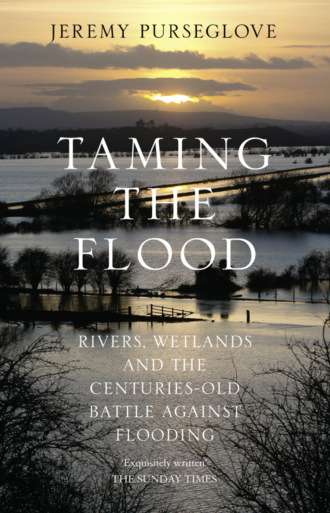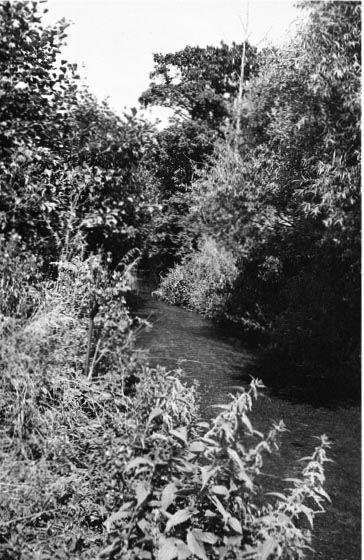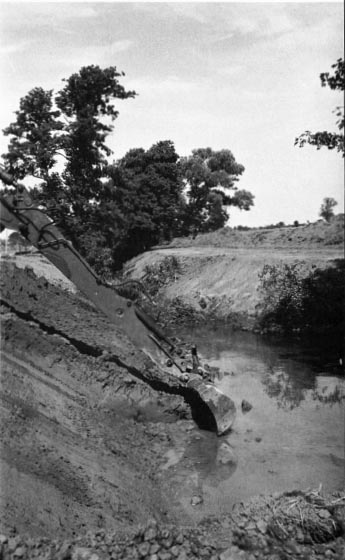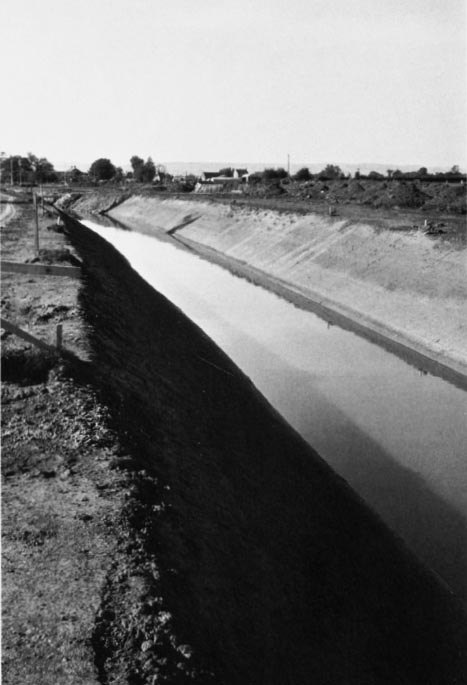
Полная версия
Taming the Flood: Rivers, Wetlands and the Centuries-Old Battle Against Flooding
The lesson was clear. Of course, the countryside must continue to be a working landscape; but if most people’s definition of a river as something more than just a drain is valid, then that broad definition must be consciously built into the brief of those who wield this mighty technology of the JCB, the Hymac, and the Swamp-dozer. Only then can we guide the evolution of the countryside within legitimately broad terms of reference and continue the age-old process of civilizing the rivers. And why not? The big machines are only powered by the ratepayers’ money, and the woman who threatened to tie herself to a willow tree represents thousands of ratepayers who share her (and Constable’s) convictions about the essential nature of a river.
Over the last half-dozen years there has been a quiet revolution in the water industry as this simple realization has dawned upon engineers, farmers, digger-drivers, and even the legislators in Westminster. Of course, there are still places where the old-style canalizing approach to river management is being pushed through; and the conflict of values that underlies this whole issue raises a number of questions which are not easy to answer. No-one can seriously suggest that we turn back the clock entirely and return to the world of Constable’s hay wain, where there was a good deal of misery and hunger amidst all that beauty. We admire and cherish an environment that we also depend on for food. We may reduce the dredging of rivers, but if we stop it altogether, floods will return to overwhelm us. We are therefore committed to continue managing rivers, as we are to managing every square mile of the English countryside. It is the way we do so which counts.fn12
THREE STAGES IN THE DESTRUCTION OF A RIVER

Before work began.

The machines move in.

The disastrous results of traditional river engineering.
The fact that rivers are such a symbol of endurance and of changeless change is what makes their management a touchstone for the whole issue of our relationship with the natural world. It is therefore a moving thought that the river managers were among the first people in the modern countryside business to stop and think a little harder about what they were actually doing. To adapt the slogan ‘Put the Great back in Britain’, some of them have begun to put the river back into river management. It remains to be seen whether at this eleventh hour for the English countryside, those other giants, the forestry and the agriculture industries, are also prepared to take seriously a wider frame of reference. If they are, we will at last be able to see the countryside put back into countryside management. Such an achievement depends upon two things for which the English have always had a special genius: a sense of place and a sense of compromise. What river engineers have begun to do is to rediscover their roots, and these, as we shall see, go back a very long way.
Конец ознакомительного фрагмента.
Текст предоставлен ООО «ЛитРес».
Прочитайте эту книгу целиком, купив полную легальную версию на ЛитРес.
Безопасно оплатить книгу можно банковской картой Visa, MasterCard, Maestro, со счета мобильного телефона, с платежного терминала, в салоне МТС или Связной, через PayPal, WebMoney, Яндекс.Деньги, QIWI Кошелек, бонусными картами или другим удобным Вам способом.




